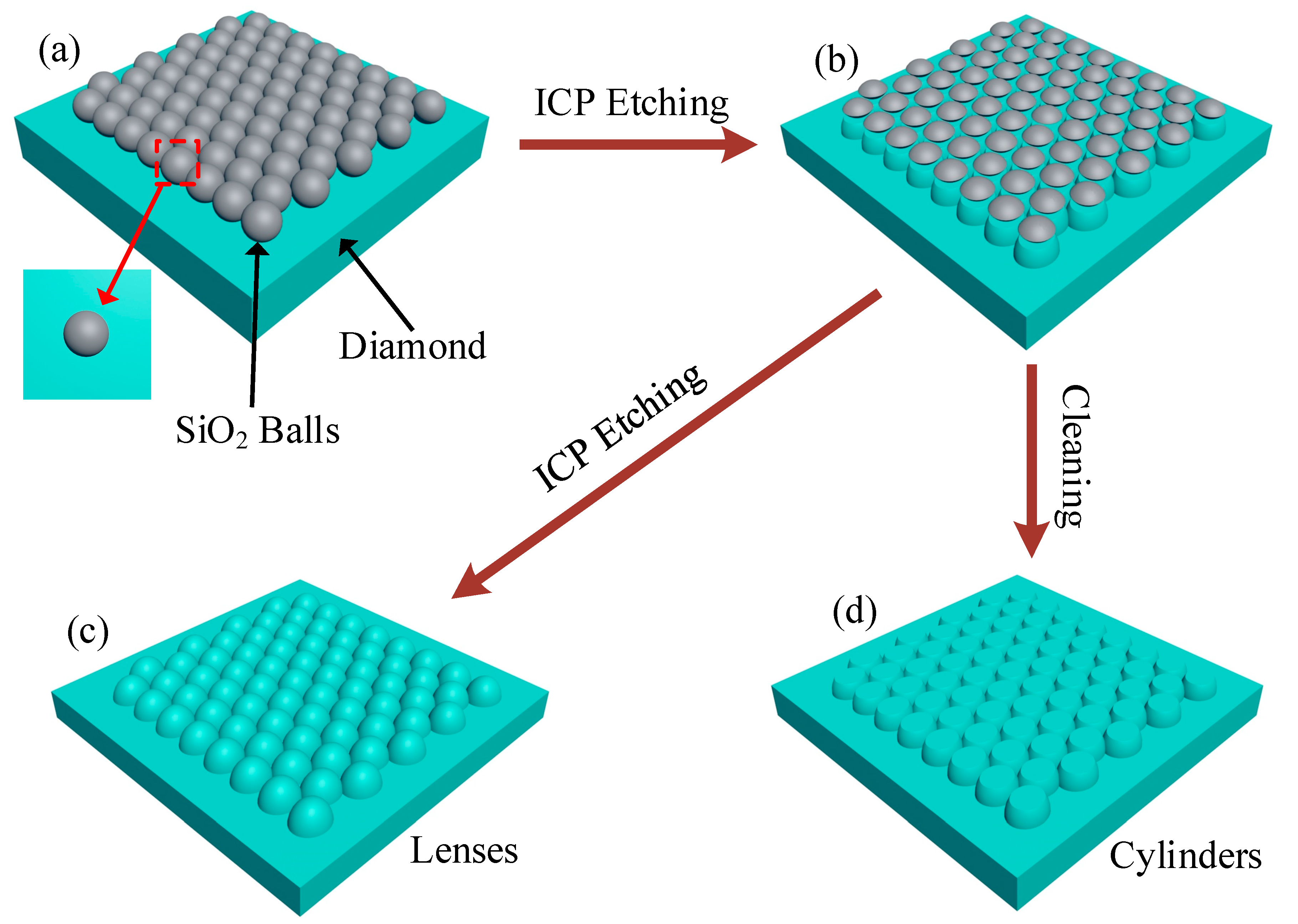

There are several health conditions elsewhere in the body in which misfolded mutant proteins cause otherwise normal (wild-type) proteins to misfold likewise – the mutant protein acts as a template. We were able to use gel electrophoresis, and more recently mass spectrometry, to separate the components of the aggregates and saw, to our surprise, that only the mutant protein was present there. The initial observation that we reported in 2015 (1) was striking: mixing mutated protein with normal, unmutated protein led to rapid aggregation and a spike in light scattering.

How has your work contributed to our understanding of lens crystallins? Because blue light has the shortest wavelengths, it gets scattered the most, so the colors we see also change, becoming yellower.Īn illustration of the “redox hot potato” model of aggregation mediated by dynamic disulfide bonds Once the aggregates reach a size that is comparable to the wavelength of visible light, they begin to scatter light, resulting in less light reaching the retina and blurring of the resulting image. Eventually these crystallin protein molecules begin to lose their native structure (the normal 3D arrangement of atoms) and stick together to form aggregates. Since they are never replaced, at least in the lens core region, they accumulate damage over a lifetime. Proteins from the crystallin family make up the lion’s share of all protein molecules in the cells of the eye lens. What is the role of crystallins in causing cataracts? A non-surgical therapy would be of great benefit, and that is the ultimate goal of our research. Moreover, the total cost of cataract surgeries performed worldwide already adds up to tens of billions of dollars per year, and as the global population ages, cataract prevalence will rise dramatically. In fact, millions of patients around the world never benefit from the surgery, either because they can’t afford it, because they live in areas where it is not available, or because surgery is contraindicated for them. Some people falsely assume that modern surgery has solved the problem of cataracts. Their aggregation – when it does eventually occur – causes cataracts, which affect tens of millions of patients.

Of course, as fascinating and unique as crystallins are for their own sake, they also have important implications for public health. Our current work in the Shakhnovich group at Harvard builds directly on those earlier studies. One of them was my PhD adviser at MIT, Jonathan King, who first introduced me to these fascinating molecules. The biochemistry and biophysics of this highly concentrated solution of highly aged proteins, and how they have evolved to resist aggregation, has been of huge interest to many researchers over the years. These protein molecules are undergoing an aging process even before we are born, and they continue to accumulate various kinds of damage throughout life. Yet, the protein molecules in the core region of the lens are synthesized before birth and never replaced thereafter. That means it must resist aggregation because protein aggregates (clumps of many molecules of a protein) scatter visible light. The eye lens proteome is fascinating because it has evolved to minimize light scattering. What led you to study crystallin proteins? We spoke to Serebryany to find out more about the role of crystallins in cataract formation. Most recently, the team found that crystallin protein molecules engaged in oxidation–reduction reactions with one another – disproving the long-held assumption that crystallins are inert (3). Chemical bonds between sulfur atoms within the protein (disulfide bonds) were found to play a role in aggregation (2). In 2015, Serebryany and his Harvard-MIT team made the crucial discovery that wild-type (undamaged) crystallin promoted aggregation of mutant (damaged) versions – without itself aggregating (1). But how exactly does this happen – and can it be stopped? Eugene Serebryany, a Post-Doctoral Fellow at the Department of Chemistry and Chemical Biology at Harvard University, USA, wants to find out. We know that over our lifetimes they can accumulate damage, losing their native structure and sticking together to form aggregates – one of several mechanisms that causes cataracts. Crystallins are the collection of structural proteins found in the lens of the eye that help to focus light onto the retina.


 0 kommentar(er)
0 kommentar(er)
